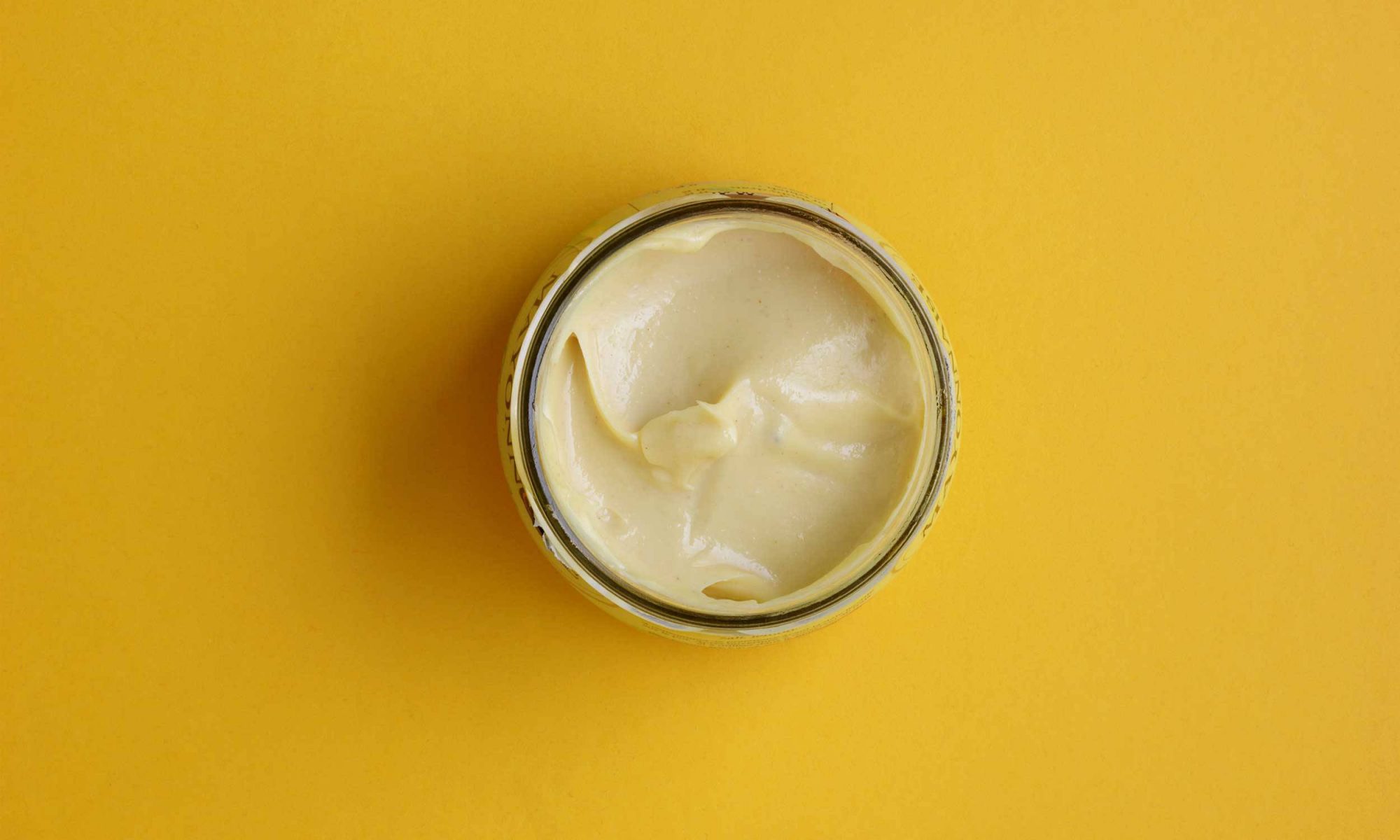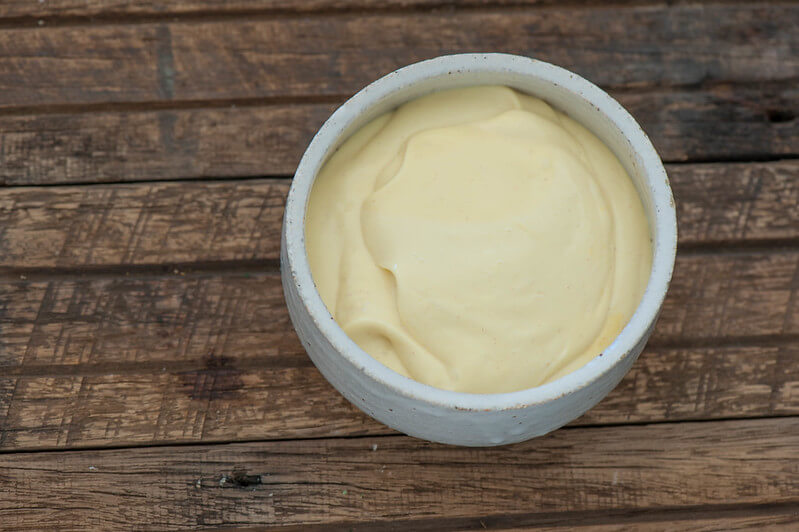How Long Can Mayo Sit Out? Safety Guide
– Mayonnaise contains eggs and should be stored properly to avoid foodborne illness.
– Mayo should ideally be stored in the fridge or served immediately.
– Mayo should not be left out at room temperature for more than two hours.
– Mayo stored at 50°F or more should be discarded after 8 hours.
– Commercial mayonnaises are shelf-stable before opening but should be refrigerated after opening.
– Open mayo should be stored in the fridge and discarded after 2 months.
– Homemade mayonnaise should be stored in the fridge for up to 1 week if made with raw eggs.
– Homemade mayonnaise made with pasteurized eggs can be stored in the fridge for up to 4 days.
– Most home cooks successfully store homemade mayonnaise in the fridge for 1 month or more.
– Mayo should be tossed if it is perishable or if it has been stored improperly.
– Unopened store-bought mayo can be stored in the pantry until the sell-by date.
– Opened mayonnaise will last for approximately 2 months when refrigerated.
– If mayo shows signs of mold, has an off-smell, or unusual color, it should be discarded.
– Mayonnaise should be stored in the fridge or served immediately to reduce the risk of foodborne illness.
– Homemade mayonnaise should be stored in the fridge for up to 1 week max, or up to 4 days if made with pasteurized eggs.
– Mayonnaise that has been left out at room temperature for 2 or more hours should be discarded.

